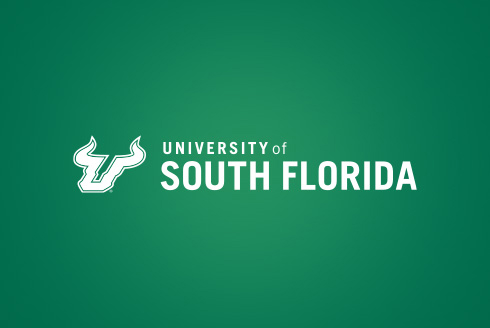News Feed
Viewing items with Category: All Categories, Year: All Years

Top 10: University of South Florida & C-IMAGE Consortium Reveal Significant Takeaways from Deepwater Horizon Oil Disaster Research During International Conference
After nearly ten years of research, thousands of international scientists are revealing their findings on the effects of the Deepwater Horizon (DWH) oil spill.
February 5, 2020Research and Innovation

New Iron Release Pathway Discovered in Antarctic Sediment Core Study
Scientists at the USF College of Marine Science, in collaboration with scientists in Korea, have discovered a new pathway by which reduced iron may be sourced to the oceans in normal climate conditions. They report their results in Nature Communication.
January 15, 2020Research and Innovation

Gulf of Mexico Tilefish: Recent Checkup Shows Compromised Health Since Historic Oil Spill
The most recent assessment of the tilefish population offers sweet relief to those who enjoy the savory succulence of this slow-growing fish that roams the deeper waters of the Gulf of Mexico. Tilefish, which tastes similar to lobster or crab, is sustainably managed and regularly finds itself served up baked, broiled, or grilled on menus in Florida – easily fetching $29 as a mouth-watering entrée.
November 19, 2019Research and Innovation

21-Year CARIACO Ocean Time Series Ends
Scientists in Venezuela and the United States established the CARIACO Ocean Time Series program, one of the longest running oceanographic studies in the world, in the Cariaco Basin, Venezuela, in 1995 – a year when the “Macarena” was a dance party favorite, U.S. postage stamps cost $.32, and the web browser Netscape debuted. It was a long time ago.
October 3, 2019Research and Innovation

Coastal Forests in Crisis
A team at the USF College of Marine Science documents a die-off of coastal forests along the Big Bend of Florida using photographs and satellite imagery.
July 12, 2019Research and Innovation

Some Atlantic Beaches to Face Onslaught of Pesky Seaweed for the Foreseeable Future
Slimy, pungent seaweed is piling up along Atlantic beaches and two new reports find it’s likely going to stick around for a while. Such an abundance of the brown microalgae, formally called Sargassum, made 2018 a record-breaking year. However, researchers at the University of South Florida believe 2019 is on track to potentially be just as bad for some coastal regions.
July 4, 2019Research and Innovation

Marine Biologist to Explore Gulf's Uncharted Deep Sea
The deep sea and the marine life the Gulf of Mexico contains is still largely mysterious. University of South Florida St. Petersburg Marine Biology Professor Heather Judkins and a team of researchers will spend the next two and a half weeks aboard a NOAA Ocean Exploration research cruise to reveal a bit of that mystery and explore never-before-reached areas of the Gulf.
June 4, 2019Research and Innovation

Ocean Circulation Likely to Blame for Severity of 2018 Red Tide
A new study published in the "Journal of Geophysical Research-Oceans" finds ocean circulation made 2018 the worst year for red tide in more than a decade.
April 18, 2019Research and Innovation

Lower Oxygen Levels to Impact the Oceanic Food Chain
Tiny fish known to survive where most marine life could not, may no longer be able to thrive under diminishing oxygen levels.
December 19, 2018Research and Innovation

What's Under the Antarctic Ice Sheet?
A unique method created by a USF associate professor to determine radiocarbon ages, will be central to an expedition expected to transform the way we view the Antarctic continent.
December 4, 2018Research and Innovation

USF Robotic Glider Mission Helps Pinpoint the Potential Source for Recent Severity of Red Tide
Marine scientists from USF and Florida Fish and Wildlife Conservation Commission (FWC) recently deployed an autonomous robotic glider to the northwest of Clearwater Beach and closely monitored it as it traversed along the middle of the continental shelf between Pasco County and Sarasota County.
October 8, 2018Research and Innovation

USF-led team deploys tsunami buoy test in Tampa Bay
Six-month test will measure sea floor motion and allow for improved forecasting of tsunamis
September 14, 2018University News